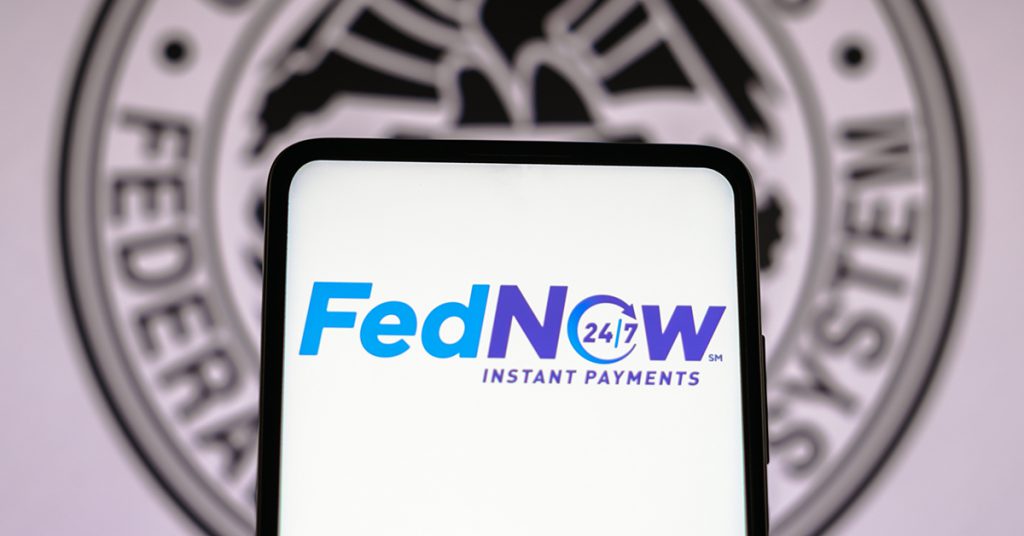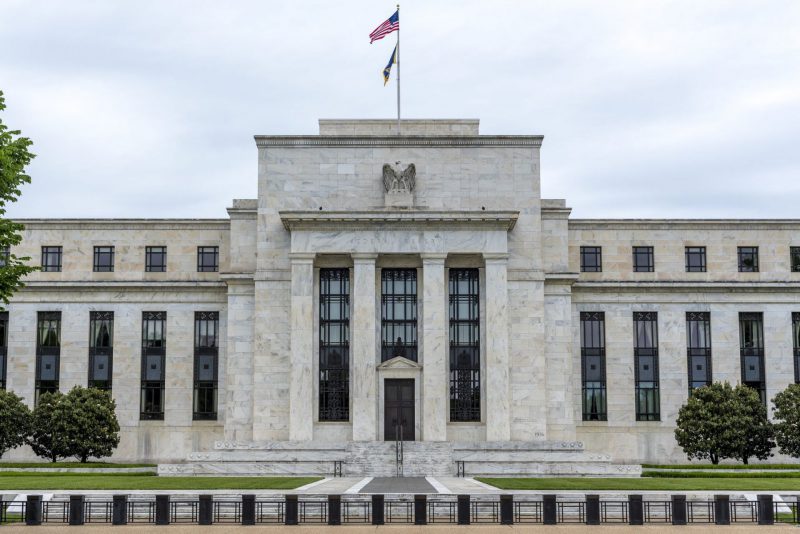The US Federal Reserve has officially launched its FedNow instant payment system. The government agency announced the arrival of the system on Thursday, and as the official press release notes, it has now gone live with 35 banks and credit unions currently using the service.
The FedNow instant payment service is described by the Fed as a tool for banks to use “to instantly transfer money for their customers, any time of the day, on any day of the year.” Moreover, the system has long been discussed, finally making its debut today.
Also Read: Could the Government Freeze Bank Accounts Through FedNow?
Federal Reserve Announced FedNow Launch
The Federal Reserve has officially launched its highly-discussed FedNow instant payment system. Indeed, a press release noted that the service has gone live at 35 financial institutions. Additionally, more banks and credit unions are encouraged to sign up.
“The Federal Reserve built the FedNow Service to help make everyday payments over the coming years faster and more convenient,” says FED Chair Jerome Powell. Additionally, Powell noted the benefits that would come from continued adoption of the service. Stating that it will enable “a person to immediately receive a paycheck, or a company to instantly access funds when an invoice is paid.”


Also Read: How Many Federal Reserve Banks Are There?
The US Department of the Treasury’s Bureau of the Fiscal Service is also adopting the service. Moreover, the press release states that “16 service providers are ready to support payment processing for banks and credit unions.”
The idea of instant payment presents clear benefits across a lot of financial and business sectors. Consequently, the Federal Reserve has announced the new system to operate alongside its other payment services. Ultimately, it notes that it is committed to working alongside over 9,000 banks and credit unions in the US. Specifically in order to promote the service’s widespread availability.
Moreover, the Fed has been developing the technology for some time. Subsequently, some controversy arose over what it could mean for the eventual arrival of a Central Bank Digital Currency (CBDC).





